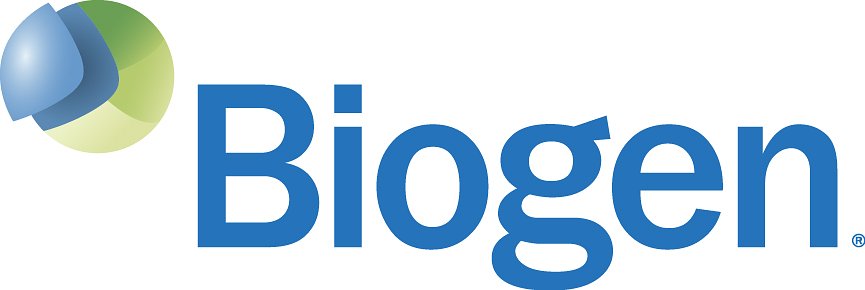
Biogen’s Higher-Dose Spinraza Faces FDA Setback Amid Competitive SMA Landscape
A promising higher dose of Biogen’s SMA therapy, Spinraza, hit a snag with the FDA, despite positive trial data. The company navigates a crowded market with rivals innovating gene therapies and oral treatments.
Biogen’s Higher-Dose Spinraza Faces FDA Setback Amid Competitive SMA Landscape
NEW YORK, NY – November 17, 2025
Advancing SMA Treatment: A New Dose, a New Challenge
Biogen’s pursuit of a higher-dose regimen of Spinraza (nusinersen) for Spinal Muscular Atrophy (SMA) encountered an unexpected hurdle this month, as the U.S. Food and Drug Administration issued a Complete Response Letter (CRL) for the supplemental New Drug Application (sNDA). While the Phase 2/3 DEVOTE study demonstrated statistically significant improvements in motor function for patients receiving the escalated dose, the FDA cited deficiencies in Chemistry, Manufacturing, and Controls (CMC) documentation, delaying potential approval. The CRL follows a period of rapid innovation in the SMA treatment landscape, where competition from gene therapies and oral medications is intensifying.
“The CRL was certainly a surprise, given the positive data from DEVOTE,” said one industry analyst. “However, the issues appear to be resolvable, and Biogen is confident they can address the FDA’s concerns promptly.” The company indicated it plans to resubmit the application with the requested information.
The Science Behind the Higher Dose and DEVOTE Study
The proposed high-dose regimen involves an initial loading phase with two 50mg doses administered two weeks apart, followed by a maintenance dose of 28mg every four months. This contrasts with the currently approved 12mg regimen. The positive results from the DEVOTE study, published earlier this year, formed the basis of the sNDA. The study revealed that infants with SMA who received the higher dose exhibited a statistically significant improvement in motor function as measured by the Children’s Hospital of Philadelphia-Infant Test of Neuromuscular Disorders (CHOP-INTEND) score. The study also observed slower neurodegeneration based on neurofilament light chain levels, a biomarker for neuronal damage.
Experts believe that escalating the dose could benefit patients who are not responding optimally to the standard treatment. “For some patients, the 12mg dose may not be sufficient to halt disease progression,” explained a neurologist specializing in neuromuscular disorders. “A higher dose could potentially offer greater efficacy and improve long-term outcomes.” The current challenge lies in satisfying the FDA’s CMC requirements, which assess the consistency and quality of drug manufacturing processes.
A Crowded Competitive Landscape
Biogen’s efforts to expand Spinraza’s reach are unfolding within an increasingly competitive market. Novartis’s Zolgensma (onasemnogene abeparvovec), a one-time gene therapy, offers a potentially curative approach for younger patients. Roche’s Evrysdi (risdiplam), an oral medication, provides a convenient, non-invasive treatment option. Each therapy presents unique advantages and disadvantages, influencing treatment decisions.
Novartis is actively broadening Zolgensma’s accessibility, with data indicating the drug’s efficacy in older and heavier children. The company also is pursuing an intrathecal formulation to potentially reach a wider patient population. Roche recently received FDA approval for a new tablet formulation of Evrysdi, enhancing convenience and patient compliance.
“The SMA market is dynamic,” said a pharmaceutical industry consultant. “Companies are continually innovating to improve treatment outcomes and address unmet needs. Biogen must navigate this landscape effectively to maintain its market position.” The success of the higher-dose Spinraza will hinge not only on addressing the FDA’s concerns but also on differentiating itself from competing therapies.
Future Outlook and Investor Response
Despite the setback with the FDA, analysts remain cautiously optimistic about Biogen’s prospects. The issues identified in the CRL are considered manageable, and the company is expected to resubmit the application with the required information within the next few months. However, the delay could impact near-term revenue projections for Spinraza.
Shares of Biogen experienced a modest dip following the announcement of the CRL, but the decline was limited by the expectation that the company will successfully address the FDA’s concerns. Investors are closely monitoring the situation and awaiting further updates from Biogen.
The evolving treatment landscape for SMA underscores the importance of continued innovation and patient-centric care. While the higher-dose Spinraza faces a temporary roadblock, the pursuit of more effective therapies remains a top priority for Biogen and the broader scientific community.
📝 This article is still being updated
Are you a relevant expert who could contribute your opinion or insights to this article? We'd love to hear from you. We will give you full credit for your contribution.
Contribute Your Expertise →